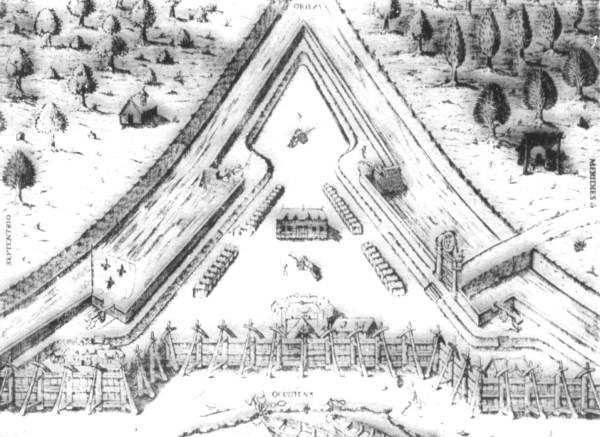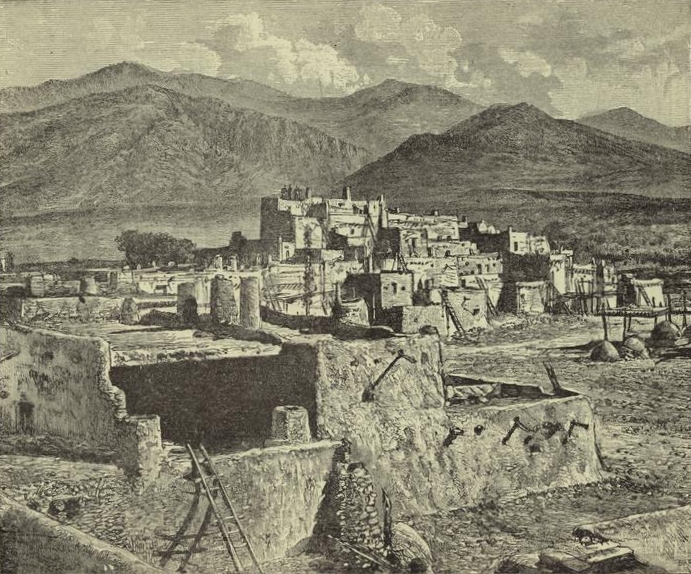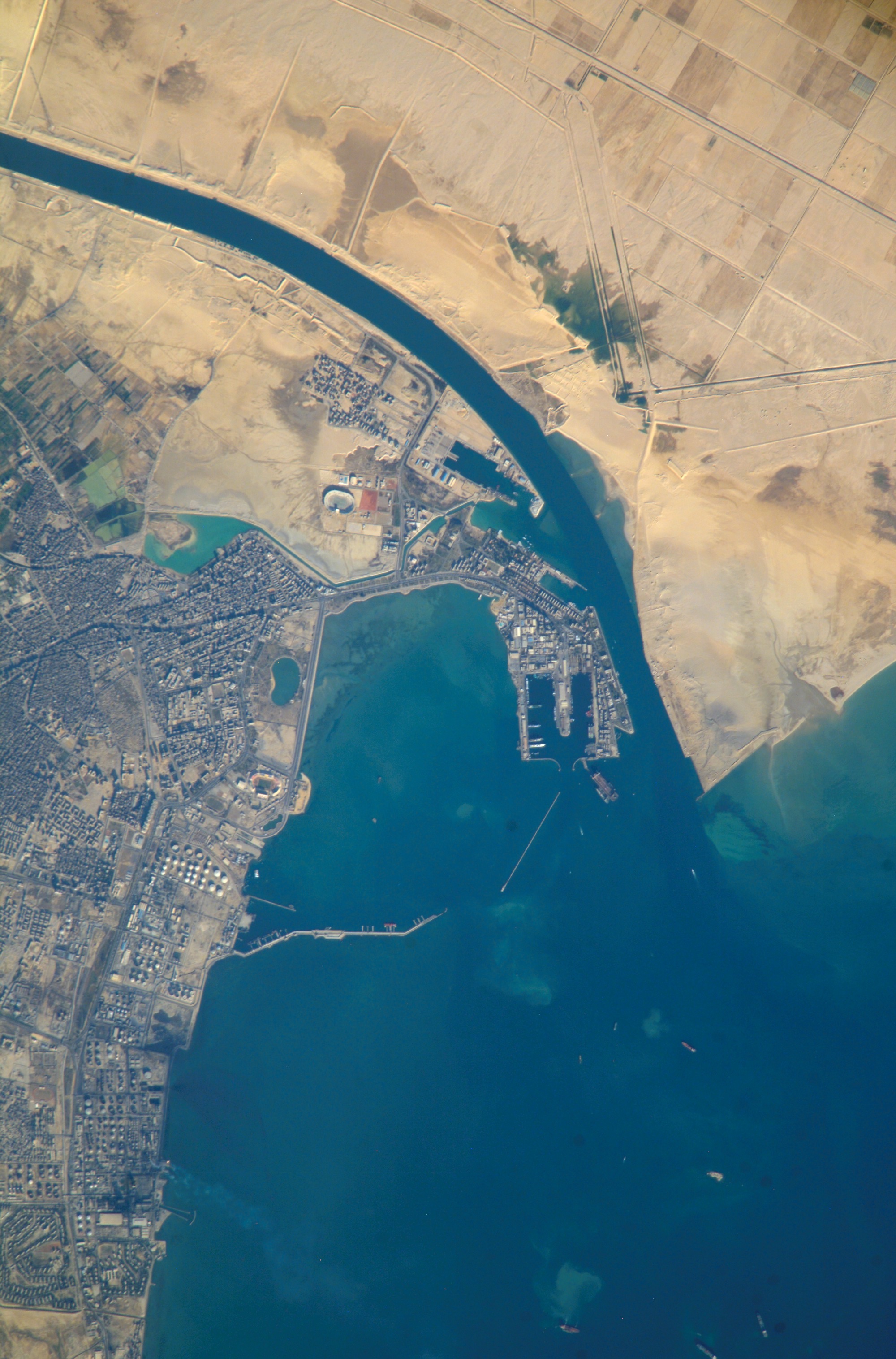|
Battle Of Embudo Pass
The Battle of Embudo Pass was part of the Taos Revolt, a popular insurrection against the American army's occupation of northern New Mexico. It took place on January 29, 1847, during the Mexican–American War, in what now is New Mexico. Background Following the Battle of Cañada, Sterling Price on 27 Jan. advanced up the Rio del Norte ( Rio Grande), to Luceros where he was joined by Capt. Burgwin's Company, 1st Dragoons, Lt. Boone's Company A, 2d Regiment Missouri Mounted Volunteers, and Lt. Wilson's 1st Dragoons, bringing Price's force to 479 men. On 29 Jan., Price marched to La Joya, where sixty to eighty insurgents were posted on either side of the canyon. Finding the road by Embudo impractical for artillery or wagons, Price detached three companies under Captain John H.K. Burgwin, Captain Ceran St. Vrain and Lieutenant B.F. White, amounting to 180 men. Battle Capt. Burgwin discovered the insurgents at El Embudo, near present-day Dixon, New Mexico, in the thick brush on ... [...More Info...] [...Related Items...] OR: [Wikipedia] [Google] [Baidu] |
Taos Revolt
The Taos Revolt was a populist insurrection in January 1847 by Hispano and Pueblo allies against the United States' occupation of present-day northern New Mexico during the Mexican–American War. Provisional governor Charles Bent and several other Americans were killed by the rebels. In two short campaigns, United States troops and militia crushed the rebellion of the Hispano and Pueblo people. The New Mexicans, seeking better representation, regrouped and fought three more engagements, but after being defeated, they abandoned open warfare. Hatred of New Mexicans for the occupying American army combined with the oft-exercised rebelliousness of Taos residents against authority imposed on them from elsewhere were causes of the revolt. In the aftermath of the revolt the Americans executed at least 28 rebels. The Treaty of Guadalupe Hidalgo in 1850 guaranteed the property rights of New Mexico's Hispanic and American Indian residents. Background In August 1846, the territor ... [...More Info...] [...Related Items...] OR: [Wikipedia] [Google] [Baidu] |
1847 In New Mexico Territory
Events January–March * January 4 – Samuel Colt sells his first revolver pistol to the U.S. government. * January 13 – The Treaty of Cahuenga ends fighting in the Mexican–American War in California. * January 16 – John C. Frémont is appointed Governor of the new California Territory. * January 17 – St. Anthony Hall fraternity is founded at Columbia University, New York City. * January 30 – Yerba Buena, California, is renamed San Francisco. * February 5 – A rescue effort, called the First Relief, leaves Johnson's Ranch to save the ill-fated Donner Party (California-bound emigrants who became snowbound in the Sierra Nevada earlier this winter; some have resorted to survival by cannibalism). * February 22 – Mexican–American War: Battle of Buena Vista – 5,000 American troops under General Zachary Taylor use their superiority in artillery to drive off 15,000 Mexican troops under Antonio López de Santa Anna, defeating the Mexicans the next day. * February 25 ... [...More Info...] [...Related Items...] OR: [Wikipedia] [Google] [Baidu] |
History Of Rio Arriba County, New Mexico
History (derived ) is the systematic study and the documentation of the human activity. The time period of event before the invention of writing systems is considered prehistory. "History" is an umbrella term comprising past events as well as the memory, discovery, collection, organization, presentation, and interpretation of these events. Historians seek knowledge of the past using historical sources such as written documents, oral accounts, art and material artifacts, and ecological markers. History is not complete and still has debatable mysteries. History is also an academic discipline which uses narrative to describe, examine, question, and analyze past events, and investigate their patterns of cause and effect. Historians often debate which narrative best explains an event, as well as the significance of different causes and effects. Historians also debate the nature of history as an end in itself, as well as its usefulness to give perspective on the problems of the p ... [...More Info...] [...Related Items...] OR: [Wikipedia] [Google] [Baidu] |
Battles Of The Mexican–American War
A battle is an occurrence of combat in warfare between opposing military units of any number or size. A war usually consists of multiple battles. In general, a battle is a military engagement that is well defined in duration, area, and force commitment. An engagement with only limited commitment between the forces and without decisive results is sometimes called a skirmish. The word "battle" can also be used infrequently to refer to an entire operational campaign, although this usage greatly diverges from its conventional or customary meaning. Generally, the word "battle" is used for such campaigns if referring to a protracted combat encounter in which either one or both of the combatants had the same methods, resources, and strategic objectives throughout the encounter. Some prominent examples of this would be the Battle of the Atlantic, Battle of Britain, and Battle of Stalingrad, all in World War II. Wars and military campaigns are guided by military strategy, wherea ... [...More Info...] [...Related Items...] OR: [Wikipedia] [Google] [Baidu] |
List Of Conflicts In The United States
This is a list of conflicts in the United States. Conflicts are arranged chronologically from the late modern period to contemporary history. This list includes (but is not limited to) the following: Indian wars, skirmishes, wars of independence, liberation wars, colonial wars, undeclared wars, proxy wars, territorial disputes, and world wars. Also listed might be any battle that was itself only part of an operation of a campaign of a theater of a war. There may also be periods of violent civil unrest listed, such as: riots, shootouts, spree killings, massacres, terrorist attacks, and civil wars. The list might also contain episodes of: human sacrifice, mass suicide, genocides, and other related items that have occurred within the geographical area (including overseas territories) of what is today known as, the "United States of America". Late modern period 18th century * 1775–1783 American Revolutionary War ** 1775 *** Battles of Lexington and Concord *** Siege o ... [...More Info...] [...Related Items...] OR: [Wikipedia] [Google] [Baidu] |
Siege Of Pueblo De Taos
The siege of Pueblo de Taos was the final battle during the main phase of the Taos Revolt, an insurrection against the United States during the Mexican–American War. It was also the final major engagement between American forces and insurgent forces in New Mexico during the war. Background In August 1846, New Mexico fell to American troops under Stephen Watts Kearny. When Kearny departed for California, Colonel Sterling Price was left in command of American forces in New Mexico. In January 1847, Price learned of a Mexican revolt in the territory and confronted the rebels at the Battle of Cañada and Battle of Embudo Pass as his forces moved on to Taos Pueblo, Pueblo de Taos, the center of insurrection activity.Hughes, J.T., 1847, ''Doniphan's Expedition'', Cincinnati: U.P. James Another American force fought the New Mexicans at Mora, New Mexico, Mora, on the east side of the Sangre de Cristo Mountains. On 1 Feb., his force of 478 men reached the summit of Taos Mountain, cover ... [...More Info...] [...Related Items...] OR: [Wikipedia] [Google] [Baidu] |
Debouch
In hydrology, a debouch (or debouche) is a place where runoff from a small, confined space discharges into a larger, broader body of water. The word is derived from the French verb ''déboucher'' (), which means "to unblock, to clear". The term also has a military usage. Geology In fluvial geomorphology, a debouch is a place where runoff from a small, confined space emerges into a larger, broader space. Common examples are when a stream runs into a river or when a river runs into an ocean. Debouching can generate massive amounts of sediment transport. When a narrow stream travels down a mountain pass into a basin, an alluvial fan will form from the mass deposit of the sediment. The four largest rivers (the Amazon, the Ganges-Brahmaputra, the Yangtze and the Yellow) are responsible for 20% of the global discharge of sediment in to the oceans by debouches. Geography In fluvial geography, a debouch is a place where a body of water pours forth from a narrow opening. Some examples ar ... [...More Info...] [...Related Items...] OR: [Wikipedia] [Google] [Baidu] |
Defile (geography)
In geography, a defile is a narrow pass or gorge between mountains or hills. The term originates from a military description of a route through which troops can march only in a narrow column or with a narrow front. On emerging from a defile (or something similar) into open country, soldiers are said to "debouch". Background In a traditional military formation, soldiers march in ranks (the depth of the formation is the number of ranks) and files (the width of the formation is the number of files), so, if a column of soldiers approaches a narrow pass, the formation must narrow, and so the files on the outside must be ordered to the rear (or to some other position) so that the column has fewer files and more ranks. The French verb for this order is ''défiler'', from which the English verb comes, as does the physical description for a valley that forces this manoeuvre. Defiles of military significance can also be formed by other physical features that flank a pass or path and cause ... [...More Info...] [...Related Items...] OR: [Wikipedia] [Google] [Baidu] |
Velarde, New Mexico
Velarde is a census-designated place (CDP) in Rio Arriba County, New Mexico, United States. The population was 502 at the time of the 2010 census. Velarde is located on New Mexico State Road 68, in the Rio Grande Rift, at the point where the road enters the Rio Grande Gorge. In 1750, Juan Matias Velarde settled Velarde, (2012 New Mexico Blue Book) at the time named La Joya after his Spanish-born ancestor, Juan Antonio Pérez Velarde, who settled near El Paso del Río del Norte (present Ciudad Juárez, Mexico) in 1725. His move to this Rio Grande settlement encouraged other members of his family to move north into colonial New Mexico in the mid-18th century.Robert Hixson. ''The Place Names of New Mexico'' (Albuquerque, NM: University of New Mexico Press) In 1750 Juan Matias Velarde, who established the town as "La Joya", the name most likely originating from a 1712 Spanish land grant given to Sebastian Martin in the post-Pueblo Revolt resettlement of the region.Pike, David (2004 ... [...More Info...] [...Related Items...] OR: [Wikipedia] [Google] [Baidu] |
Mexican–American War
The Mexican–American War, also known in the United States as the Mexican War and in Mexico as the (''United States intervention in Mexico''), was an armed conflict between the United States and Mexico from 1846 to 1848. It followed the 1845 American annexation of Texas, which Mexico still considered its territory. Mexico refused to recognize the Velasco treaty, because it was signed by President Antonio López de Santa Anna while he was captured by the Texan Army during the 1836 Texas Revolution. The Republic of Texas was ''de facto'' an independent country, but most of its Anglo-American citizens wanted to be annexed by the United States. Sectional politics over slavery in the United States were preventing annexation because Texas would have been admitted as a slave state, upsetting the balance of power between Northern free states and Southern slave states. In the 1844 United States presidential election, Democrat James K. Polk was elected on a platform of expand ... [...More Info...] [...Related Items...] OR: [Wikipedia] [Google] [Baidu] |


.jpg)





